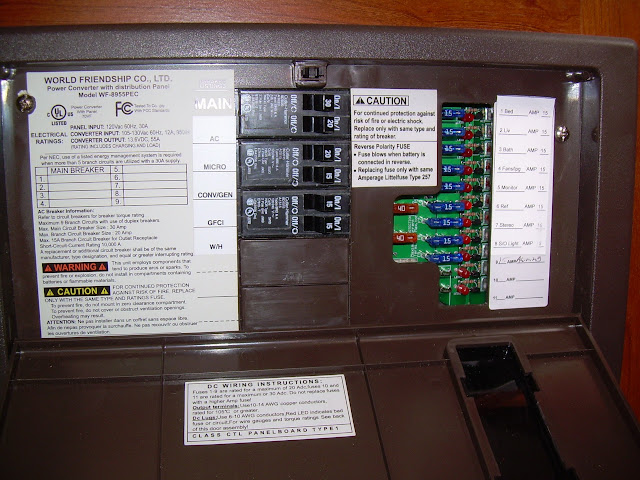


For many years, the only available converters had a simple single-stage or fixed voltage design with an output of approximately 13.2 volts DC. Multistage converter/chargers with an equalization process are an effective method of charging lead-acid or other types of batteries. Parallax Power Supply’s converter/charger utilizes a unique temperature- compensation feature designed to maximize output in extreme temperatures. Here’s an encapsulation of what’s out there. Today’s converters have different amperage output ratings, depending on the RV’s 12-volt DC system requirement, and the ratings usually range from 45 to 90 amps in single and multistage configurations that may include an equalization mode designed to help batteries live a maximum life. This condition is the leading cause of battery failure. Proper charging will help prevent sulfation, a deposit of lead sulfate on the plates that adversely affects the ability of the battery to accept a charge. The rising cost of lead and advancements in technology have catapulted the price of batteries significantly during the past 20 years. In fact, many supply only a float charge, which in time will prevent the batteries from reaching maximum capability, from both power supply and longevity standpoints. While the concept is good, reality suggests that many of these basic single-stage converters do not condition batteries properly. They also are supposed to keep the batteries at least partially charged. As their name implies, they convert 120-volt AC power into 12-volt DC power for running multiple 12-volt DC appliances and accessories without draining the batteries.
RV POWER CONVERTER REPLACEMENT 75AMP GENERATOR
Modern electronic converters are quiet and efficient, operating automatically when the RV is plugged in to shorepower or when the generator is running.Ĭonverters have two basic jobs to perform.
RV POWER CONVERTER REPLACEMENT 75AMP INSTALL
Compact size and a high degree of reliability enable manufacturers to install converters in convenient and inconspicuous places. In fact, some owners may not even know where the converter is located in their RV. Power converters fall into the category of “out of sight, out of mind” - literally. Converters are designed to provide 12-volt DC current and charge batteries - but not all are created equal


 0 kommentar(er)
0 kommentar(er)
